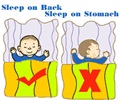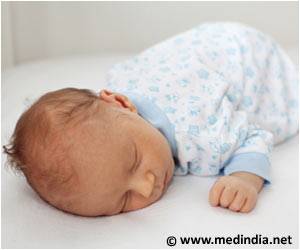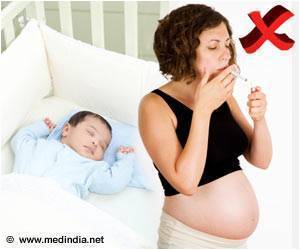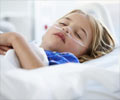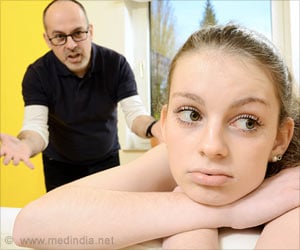Infants should share their parent’s bedroom but on a different surface till they turn one to reduce the risk of sudden infant death syndrome.
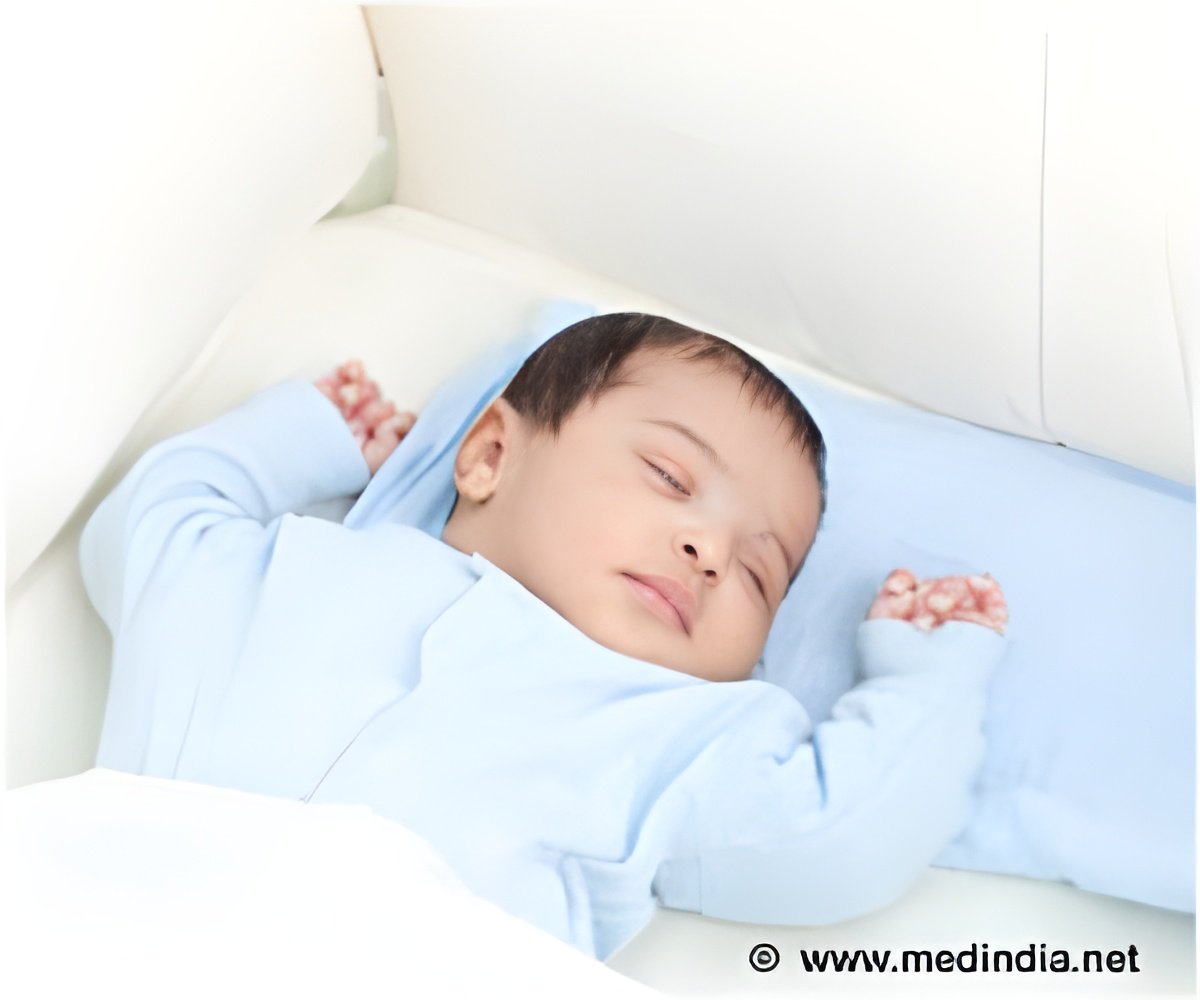
‘Approximately 3,500 infants die annually in the United States from sleep-related deaths, including sudden infant death syndrome, ill-defined deaths; and accidental suffocation and strangulation.’





"We know that parents may be overwhelmed with a new baby in the
home, and we want to provide them with clear and simple guidance on how and
where to put their infant to sleep," said Rachel Moon, MD, FAAP, lead
author of the report. "Parents should never place the baby on a sofa,
couch, or cushioned chair, either alone or sleeping with another person. We
know that these surfaces are extremely hazardous." The number of infant deaths initially decreased in the 1990s after a national safe sleep campaign, but has plateaued in recent years. AAP recommendations on creating a safe sleep environment include:
- Place the baby on his or her back on a firm sleep surface such as a crib or bassinet with a tight-fitting sheet.
- Avoid use of soft bedding, including crib bumpers, blankets, pillows and soft toys. The crib should be bare.
- Share a bedroom with parents, but not the same sleeping surface, preferably until the baby turns 1 but at least for the first six months. Room-sharing decreases the risk of SIDS by as much as 50 percent.
- Avoid baby's exposure to smoke, alcohol and illicit drugs.
Skin-to-skin care is recommended, regardless of feeding or delivery method, immediately following birth for at least an hour as soon as the mother is medically stable and awake, according to the report.
Breastfeeding is also recommended as adding protection against SIDS. After feeding, the AAP encourages parents to move the baby to his or her separate sleeping space, preferably a crib or bassinet in the parents' bedroom.
"If you are feeding your baby and think that there's even the slightest possibility that you may fall asleep, feed your baby on your bed, rather than a sofa or cushioned chair," said Lori Feldman-Winter, MD, FAAP, member of the Task Force on SIDS and co-author of the report.
Advertisement
The AAP recommends that doctors have open and nonjudgmental conversations with families about their sleep practices. Media outlets and advertisers may also play a role in educating parents by following safe sleep recommendations when presenting images and messages to the public.
Advertisement
Source-Eurekalert

